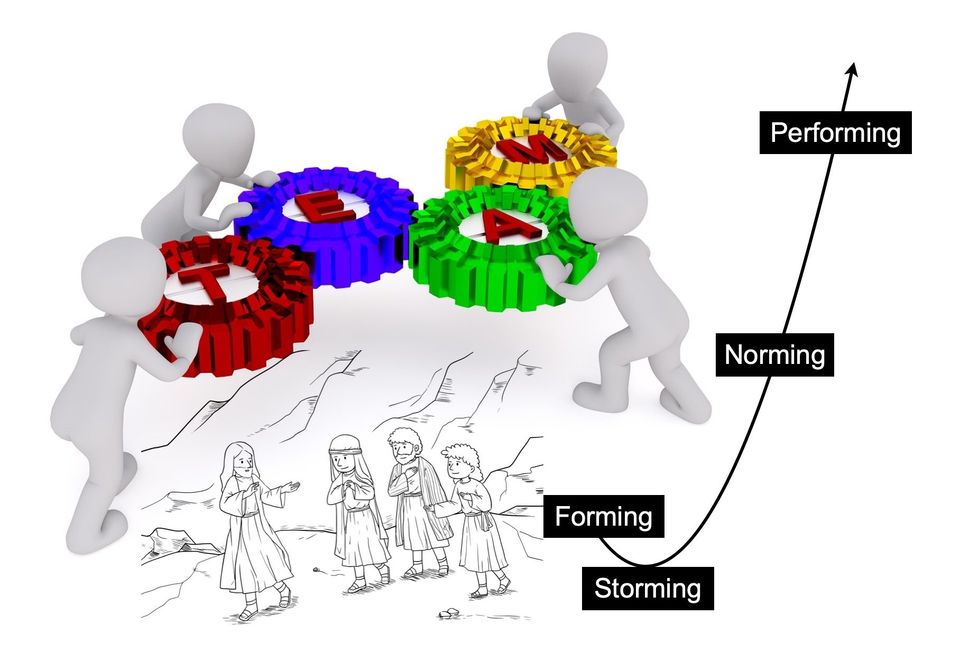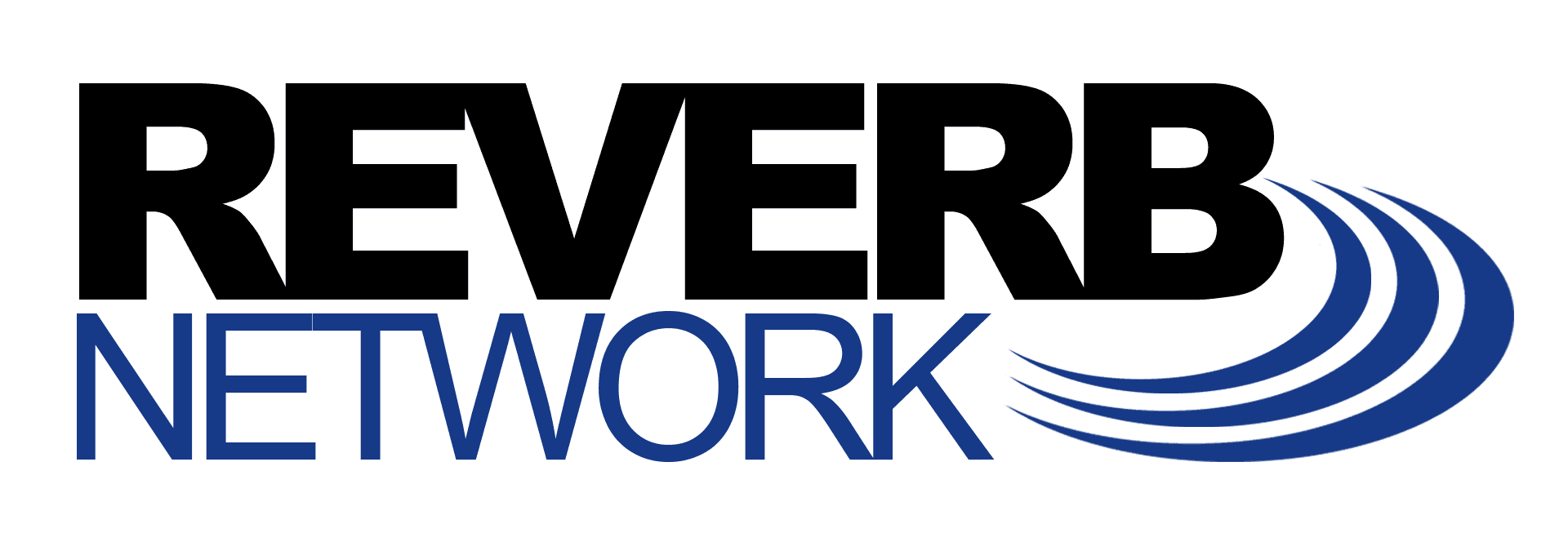Moving Toward Team Effectiveness, Part 2
Last time
we introduced the idea of a team moving toward effectiveness through the forming, storming, norming, and performing stages. Today we’re looking at how Jesus led his team through each stage.
In the forming stage, a team has lots of excitement and anticipation for the vision but little ability to accomplish it. Team leaders should focus on relationship basics and the core concepts of the vision. Jesus first delivered the Sermon on the Mount
( Matthew 5-7
) to his new team of disciples before modeling his principles through healing, casting out demons and preaching. He then sent them out to do likewise (see Luke 9-10
).
In the next phase, productivity typically goes down as the team goes through a storming stage. This may include interpersonal relationship issues (see Luke 9:46
) or failures in performance (in Matthew 17:14-21
, the disciples could not cast out a demon as they had before). Despite being trained and empowered, Jesus’ disciples had encountered failure. It happens to all teams, even those with great leaders. In both cases, Jesus gave further teaching and coaching.
In the norming stage, team members partner with the team leader to produce greater results than what each one can do alone. This was Jesus’ goal as he equipped and sent out his disciples ( Luke 10:17-21
, John 14:12
).
The final performing stage of a team is defined by extraordinary results and multiplication. The return on Jesus’ investment in his disciples is evident throughout the book of Acts as the Kingdom expanded (see Acts 1:8
& 17:6
). At this stage, team leaders become cheerleaders, focusing on a support role. Jesus accomplished that when he returned to his Father and sent the Holy Spirit at Pentecost (see John 16:7
& Acts 2:1-4
).
[Next week we will discuss three essentials for a healthy team.]














